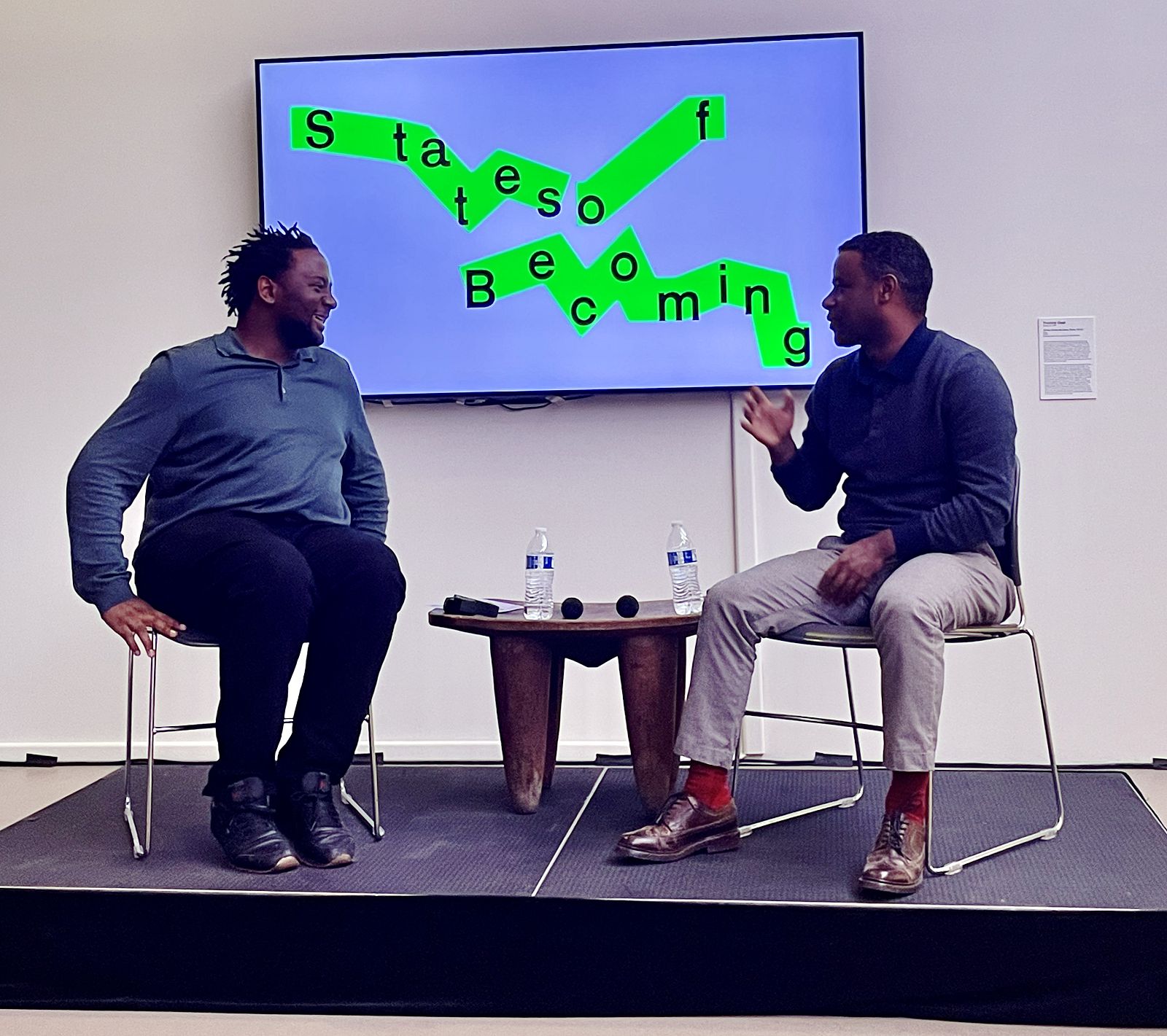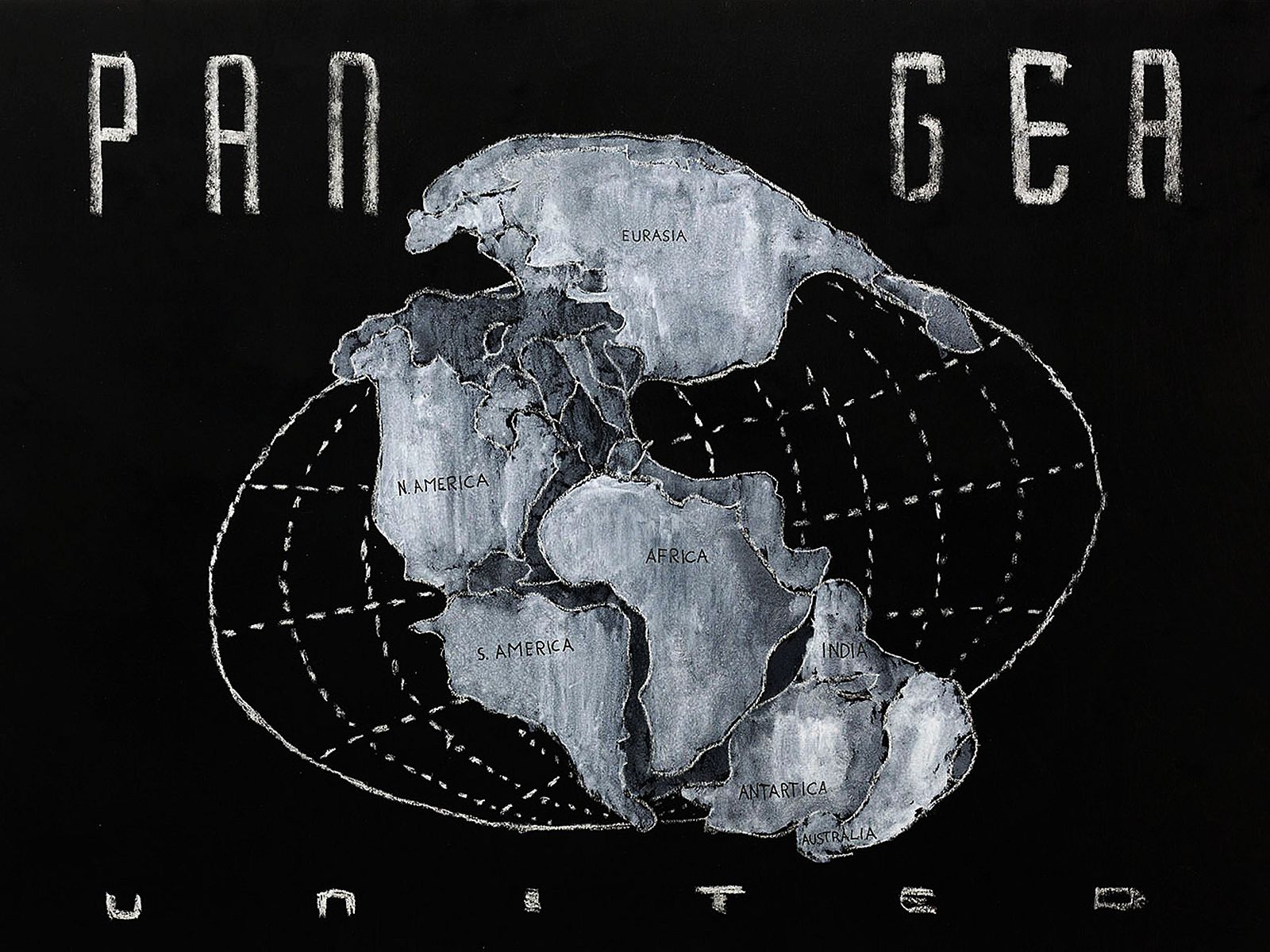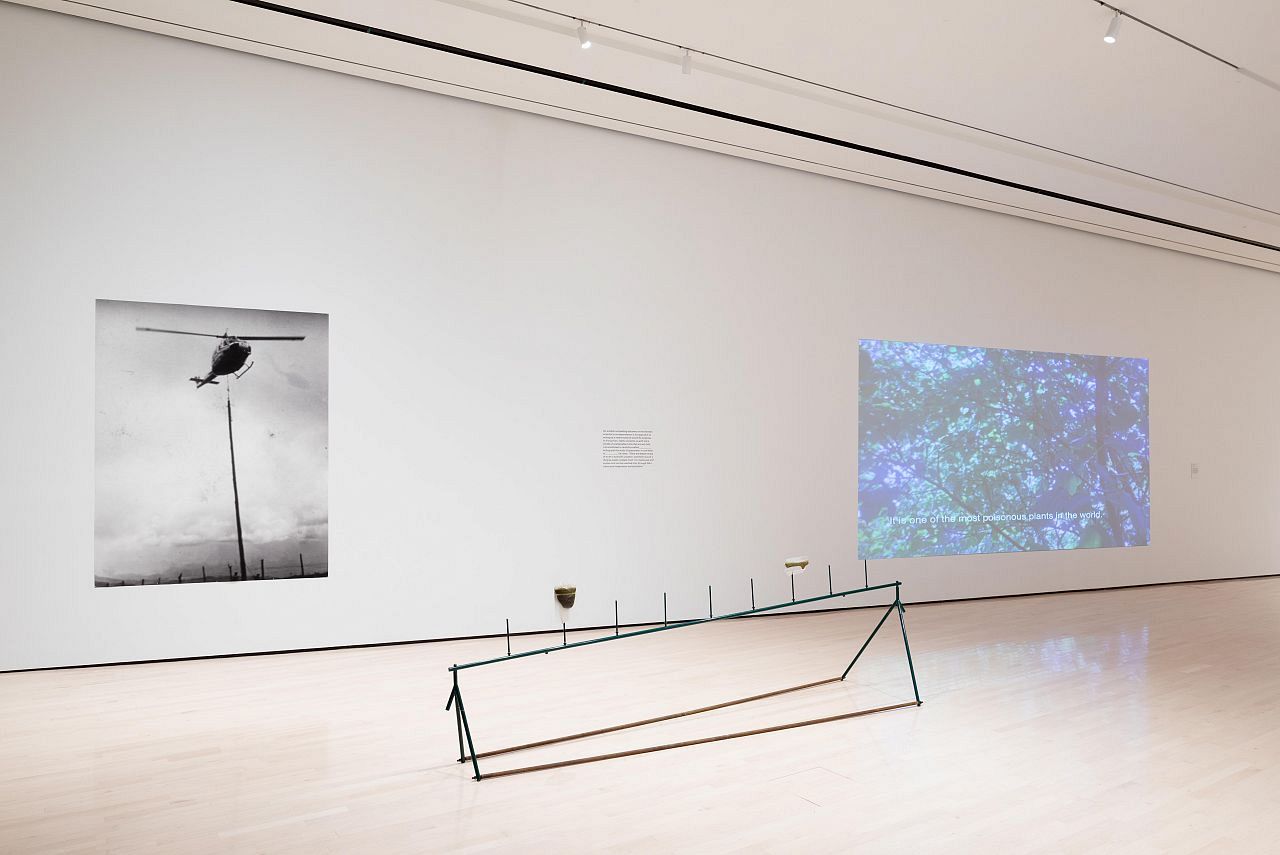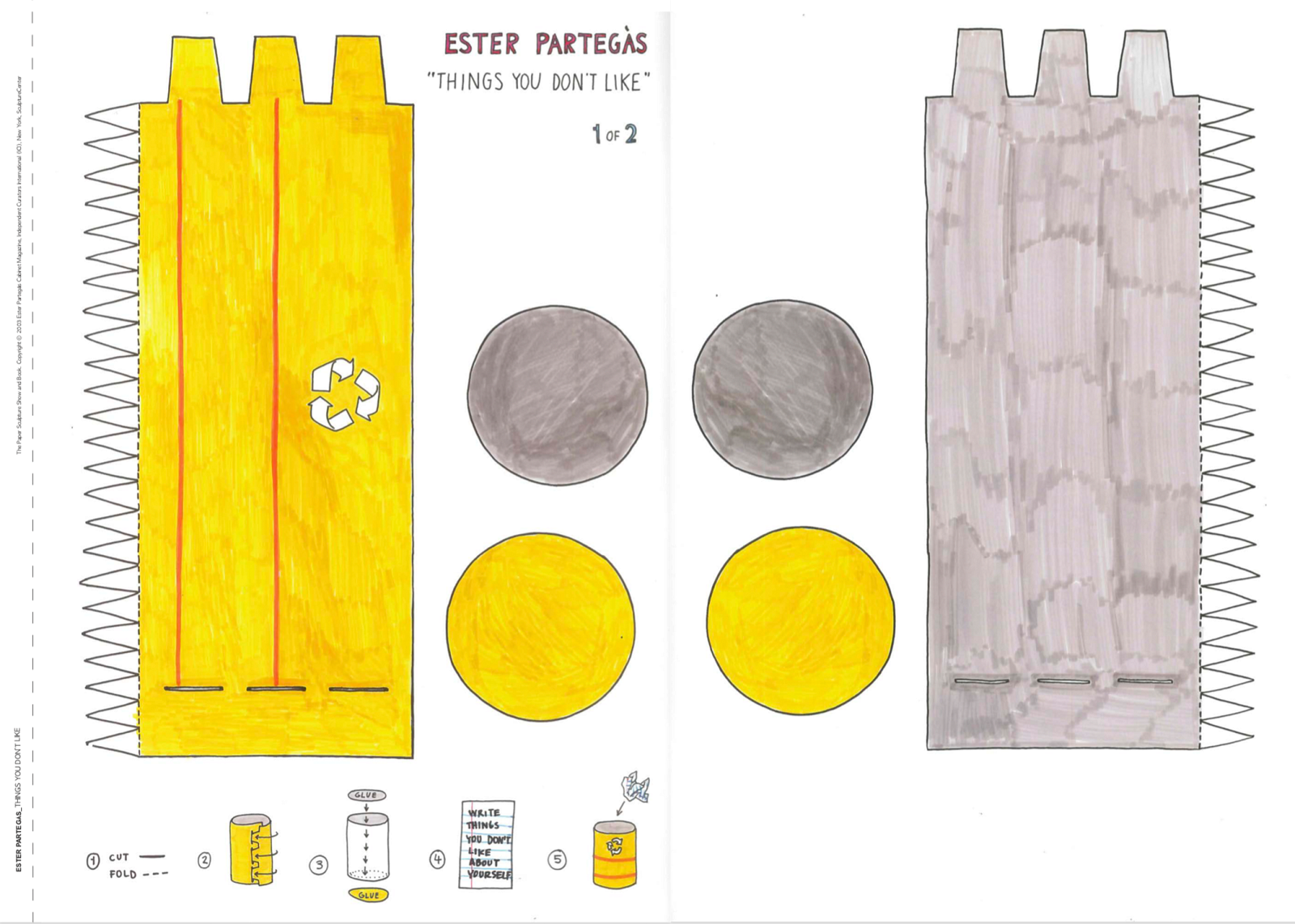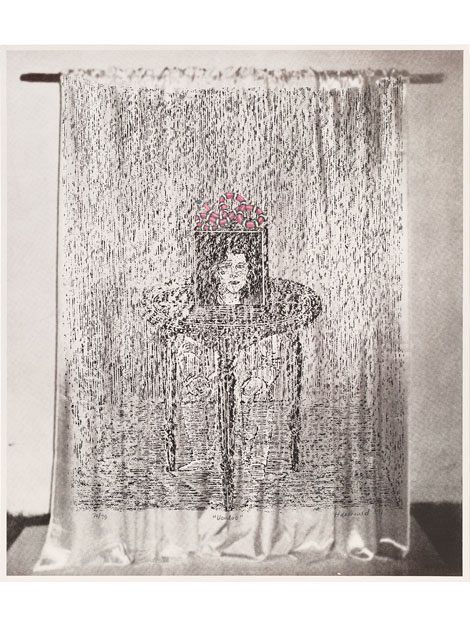Curator Sam Korman developed this proposal during the Summer 2011 Curatorial Intensive in New York.
Cancel Part Out is an iterative exhibition that provides a format for understanding artworks within an exhibition context through the lens of the anagram. Functioning as a simple set of restrictions, the exhibition requires the following:
• Each Exhibition Title Begins With Cancel Part Out
• Each Curator Chooses A Different Anagram For Conceptual Art As The Subtitle of His or Her Iteration (e.g. A Corpulent Cat, Central at Coup, Anal Cop Cutter, etc.)
• Each Iteration Must Contain 13 Artists: All, Some or None May Be The Same
• Each Curator Must Produce a Catalog For The Exhibition
• The Catalogs Will Be Collected Into a Book & The Designer Will Be Treated Like a Curator. Refer Above.
Cancel Part Out aims to reconsider the nature of both the exhibition and the manner by which it addresses various audiences. As the show moves from gallery to museum to book, it changes shape; the differences in translation from one curator’s vision to the next become the discursive gaps through which we can see how exhibitions organize and visualize a conceptual agenda through the presentation of artworks. At the same time, Cancel Part Out democratizes the process of exhibition making – it develops a functional economy that applies equally to low budget non-profits as it does for a museum’s internal collection, thus treating exhibitions as a common language to be played with.
The first iteration, Cancel Part Out: To Cut Parlance addresses the issue of language within the anagrammatic structure of the exhibition. The practices of obscuring, limiting, and punning translate anagrammatic activity into a test of language’s or images’ ability to communicate through abstraction. The title reflects the cancellation of content, a dissociation from the original material that reorients texts to discuss what Stuart Bailey calls ‘the design of language.’ Here, form is inherently tied to the time and space it occupies, a plastic definition delineating an ongoing interplay between language and function. Works by John Baldessari, Brendan Fowler, Klara Liden, Frances Stark, Shannon Ebner, Alex Felton, Kristan Kennedy, Michele Abeles, Derek Franklin, and Dieter Roth, as well as films by Buster Keaton and Michelangelo Antonioni, and a live performance covering Can’s 1971 improvisational album, Tago Mago demonstrate that removing an integral character, a word, or an expression inherently creates new sets of readings: jokes, situations, contradictions and failures.
As a joke requires timing to be funny, these new readings mirror the process of suspension, subjecting content to an explicit set of limitations based on the immediate factors involved in its communication—here, implicating a serious, beleaguered or commonplace reading with a laugh, a visceral reaction, a specific situation grounded within its present circumstances, and creating a subjective meaning that can rarely be quantified or fixed. Linguistic play, thereby, can rarely be formalized into universals, generalities and objectives, freeing language from such hierarchical arrangements or permanence, because, returning to the joke, the situation is ever changing, it can almost never be retold.
We can extrapolate new possibilities for expression from these experiences: an increased dimensionality to our communication, a thing outside of our language that exists at its borders, that which brackets meaning, that which constitutes difference, that which makes a joke funny, but primarily the open-endedness of language over time. These artists generate an ongoing game at play within the formally regulated arena of language: fluctuating structures in Baldessari’s dots and cropping, punning images and playful desires in Stark’s illustrations and performances, the odd brutality of language’s visual representation for Ebner. Paired with the physical works in this exhibition, a catalog designed by Dexter Sinister will further push the possibilities of the exhibition into a vernacular space, the democratic distribution of books within a larger community outside of the gallery, a multiple and continued analysis of language in various contexts. Throughout the exhibition, the playful tactics provide a sieve, exercising particular and subjective discretion upon a linguistic mire to locate the extremities of possible outcomes. A last example may elucidate this productive procedure. As Oliver Sacks’s The Man Who Mistook His Wife For A Hat presents, the brain’s malfunctions and mutations become neurological testing grounds: the ways in which we learn how our structures work are essentially drawn from our debilitating or humorous adaptations to (mis)perception, failures continually exploring limits to communication in a struggle between epistemological clarity, visual fallibility and linguistic absurdity. To cut parlance, cancel part out.
Learn More
For more information about this proposal please email carholegallery@gmail.com. For information about the Curatorial Intensive please email info@curatorsintl.org.


